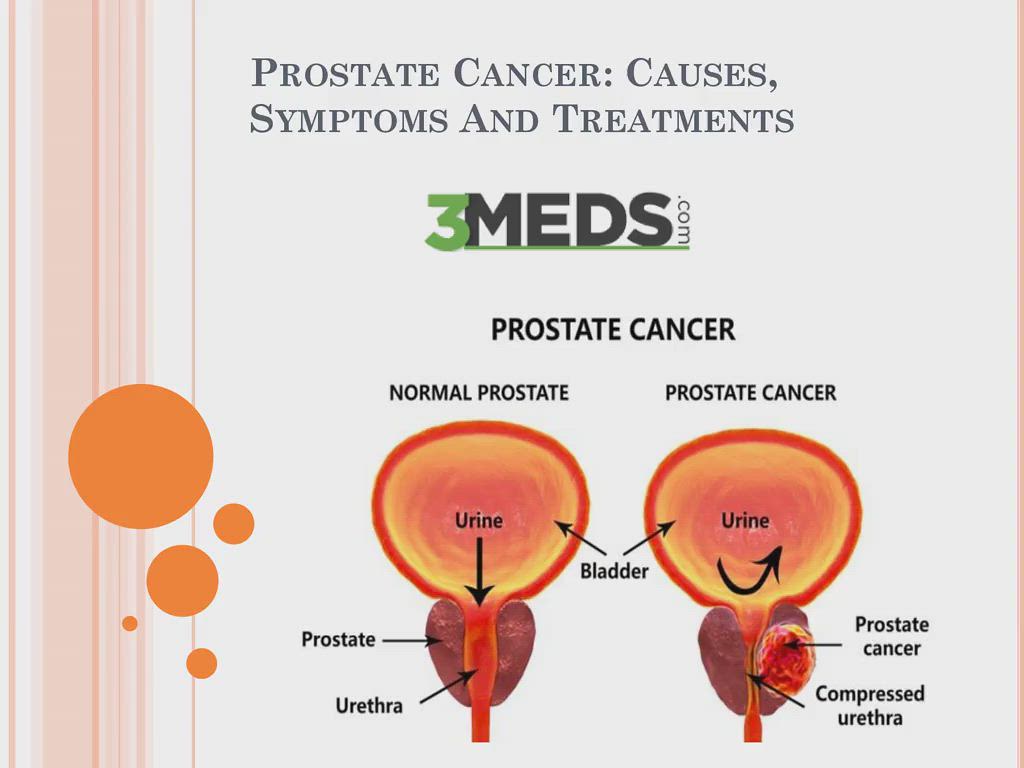
The prostate gland is a small, gland-like structure located between the bladder and the urethra. The prostate is situated directly beneath the bladder, below the muscles of the pelvis and right behind the penis. The prostate consists of two chambers called prostates, each of which has a duct that carries urine from the bladder. The prostate ducts run directly to the urethra; thus, allowing you to feel the prostate from the anus with the tip of your finger. The urethra also passes through the prostate gland.
The prostate has a very small pouch inside which it stores liquid waste material. This small pouch can cause swelling and pain, particularly if the duct becomes blocked. Pregnant women are at a risk of contracting prostate cancer.
Prostate disease is caused by cancer cells that grow in the tissue of the prostate, which then forms into tumors known as prostatsychia. They usually begin in a group of dental and medullary tissue and spread to the entire prostate gland.
The prostate can't be detected with an x-ray or by palpation. It is sometimes referred to as "the silent killer." The most common signs and symptoms include urinary tract infections (UTI), pain while urinating, blood in the urine, and an enlarged prostate (usually of more than 10 centimeters). These symptoms generally occur after a period of time during which there has been no symptoms reported.
The symptoms of prostate cancer vary greatly depending on the specific type of cancer. Some men have only one or a few symptoms, while others have many different symptoms. One of the common symptoms of prostate cancer is pain when urinating, especially when the urine is painful and the bladder feels full and bumpy. Other common symptoms include bleeding after urinating, pain when using the toilet, and feeling full.
There are several ways to confirm the presence of prostate symptoms. A physical exam, known as a colonoscopy, will detect any blockages in the ducts. through the camera. Another procedure, called a PSA test, will show if there is an increase in the size of the sacs. The doctor can take blood samples and do a CT scan.

There are several symptoms that do not require an X-ray or CT scan to diagnose the presence of a prostate tumor
The most common of these are abdominal pain when sitting or standing, pain in the upper abdomen, pain when lifting anything, feeling bloated, pain when urinating, and pain when urinating. You may also experience pain when coughing and difficulty breathing when urinating.
Although it is a life-threatening condition, prostate cancer is not life-threatening. Prostate cancer in men is treatable with medication and surgery.
When you have these symptoms, your doctor should run tests to determine if the problem is a sign of prostate cancer. If your doctor finds a problem, they will most likely recommend a prostatectomy. Surgery is a major operation and you will need to physically prepare for it.
There are many surgical procedures and other forms of treatment available to remove the prostate. This includes surgery, radiation therapy, hormone therapy, and hormone injection. Your doctor will decide which procedure will be the best for you based on your current medical conditions and his knowledge of your body.
Radiation therapy helps in destroying the prostate and reducing the risk of developing prostate cancer. In addition, the radiation kills the cells that are cancerous while protecting healthy cells from being harmed by the radiation. This procedure can be performed as a single procedure or as part of a series of treatments to reduce your risk of developing prostate cancer in the future.
Hormone therapy uses drugs like Proton Pump Inhibitors (Hormones) to prevent the production of testosterone and Dutasteride to block the production of estrogen. Hormone therapy has been proven to delay the growth of prostate cancers for up to three years. Many studies have found that this form of therapy is very effective and has very few side effects.
